

Regardless of the breed or type of dogs or puppies that you choose, if you buy or adopt two female siblings from the same litter, they are exponentially more likely to scrap and fight with each other than they would be if you kept a dog and a bitch respectively. Sibling relationships notwithstanding, even if your two female puppies have never been apart, the chances are that as they grow into their personalities, they will go through the odd flash-up or spat with each other, and it often surprises dog owners to find out that two female dogs will fight and argue just as viciously as two males.
It is important that you are aware of this if you own or are considering taking on two female siblings, and know what to expect and how to deal with any problems. Read on to find out some tips on how to prevent female sibling fighting, and how to manage things when the claws come out!
When your two young bitches begin to get a bit snarly or less tolerant with each other, it is time to think about getting the pair of them spayed. Two unspayed bitches are hugely more likely to be slaves to their hormones and become aggressive or snappy with each other, and once spayed, a great deal of any potential aggression will be negated due to the removal of the urge to compete over a potential mate.
While spaying too young can present problems of its own, leaving it too long can be counter-productive, as hormone-influenced aggression may have become ingrained by that point, meaning that your bitches may still retain some of their prior aggressive traits towards each other.
There are various pinch-points in the day-to-day lives of dogs that are more likely to cause tempers to run high than at other times, and feeding time is one of the main ones of these.
Do not feed your two dogs side by side, and feeding them at the same time in the same room is not ideal either, particularly if they are apt to get snarly with each other. Try to feed your two dogs in different rooms if possible, or at least within their own crates, and do not tolerate any threatening behaviour or one dog trying to intimidate the other one away from their food.
When giving your two dogs treats, make sure that this is done sparingly and only as positive reinforcement for good behaviour. Do not offer treats as bribery or pacifiers if the two dogs are on the verge of having a row, and never throw down a pile of treats and allow the two dogs to duke it out over who gets the larger portion.
Give each dog treats by hand, individually, and carefully monitor them to ensure that one dog is not intimidating the other or taking their treats from them. Ensure that your dogs are both rewarded equally, and ensure that both dogs are only given long lasting, high-value rewards such as a stuffed Kong or rawhide chew at the same time.
Trying to steal each other’s treats or eying up the other dog’s resources is one of the easiest ways to cause problems- if your dogs really will not leave each other alone where rewards are concerned, put your dogs in their respective crates and give them their treats once inside.
If your two dogs fight or one dog seems to be the aggressor and the other one as the put-upon victim, it is only natural to assume that telling off or punishing the instigator and mollycoddling the victim is the best way to handle this. However, in your dogs’ eyes, this will be read as showing favouritism and lead to many more problems, resentment and potential issues in the future.
You must allow your dogs to work things out between themselves, and it is totally natural that one dog may be rather more dominant than the other, and this in itself can help to provide the foundations of a good relationship between the two dogs.
Dogs kept together, even siblings, will naturally develop their own pecking order, and this process is important to ensure a lasting peace within the home. Appearing to show favour to one dog or trying to upset the natural balance between the two will only lead to more difficulties down the line.
You should be able to pick up and learn the cues that your dogs display over time, that indicate that tempers are flaring and a potential fight is in the offing. Stiff postures, circling, bared teeth and strong, dominant eye contact are all early warning signs that the two dogs are potentially about to have a go at each other; so try to diffuse the situation by diverting the dogs’ attentions from each other and giving them something else to focus on.
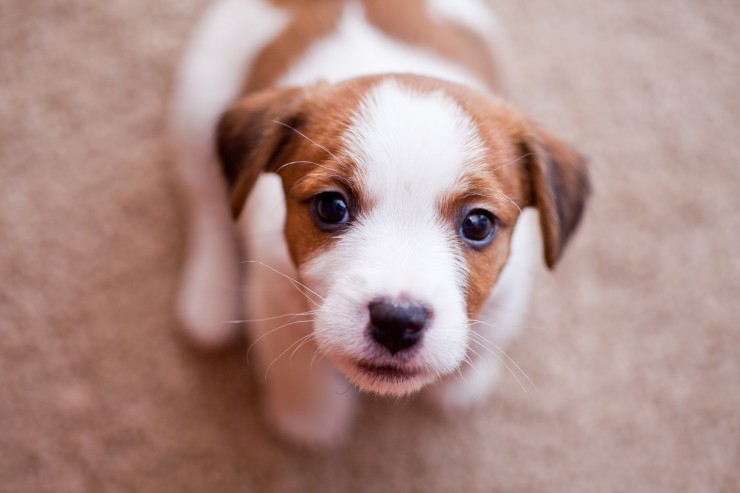 More Information On Canine Infectious Respiratory Disease (kennel Cough)
More Information
More Information On Canine Infectious Respiratory Disease (kennel Cough)
More Information
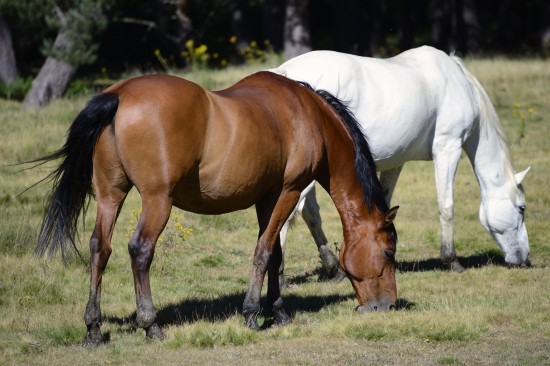 Retired Racehorses Can Achieve Great Things In Other Disciplines
Retired Racehorse
Retired Racehorses Can Achieve Great Things In Other Disciplines
Retired Racehorse
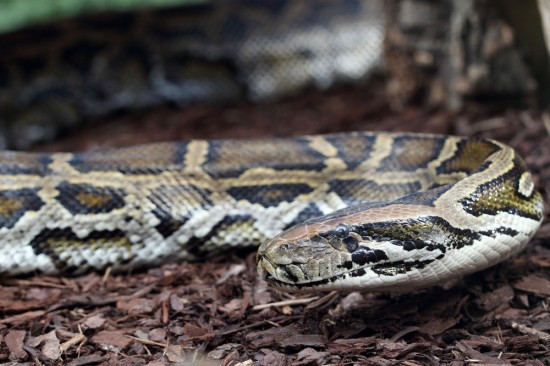 Common Health Problems Found In Pet Snakes
Common Health Pro
Common Health Problems Found In Pet Snakes
Common Health Pro
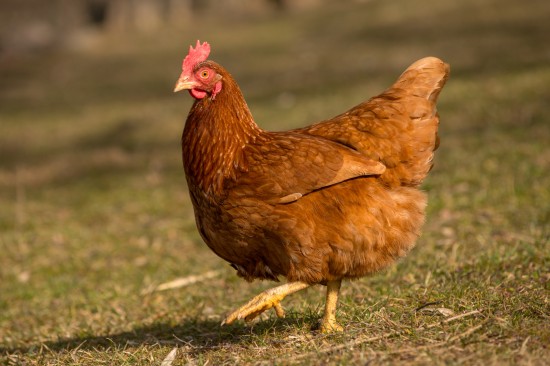 10 Faqs & Answers About Chicken Keeping
10 Faqs & Answers
10 Faqs & Answers About Chicken Keeping
10 Faqs & Answers
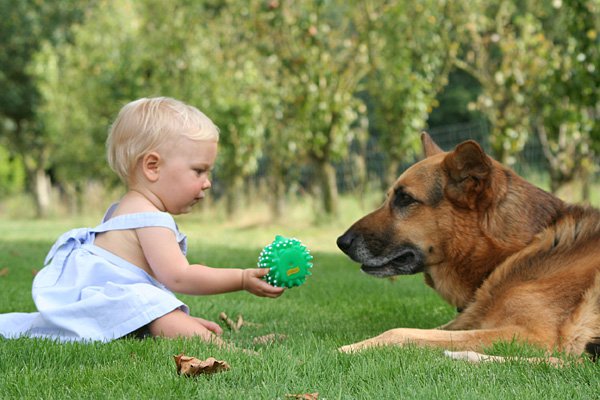 Take Good Care of Your Bunny Pet by Keeping it in Rabbit Hutches
Take Good Care of Your Bunny Pet by Keeping it in Rabbit H
Take Good Care of Your Bunny Pet by Keeping it in Rabbit Hutches
Take Good Care of Your Bunny Pet by Keeping it in Rabbit H
Copyright © 2005-2016 Pet Information All Rights Reserved
Contact us: www162date@outlook.com